| Abstract | Due to climate change, the range of outdoor temperature and humidity has expanded with the range of dew point temperature, thereby increasing the risk of condensation in buildings. In the mid-1980s, the problem of the risk of condensation occurring in unconditioned spaces during winter was recognized. In the 1990s, balcony expansion became popular, and the importance of ventilation and strengthening insulation at thermal bridge began to be highlighted due to the risk of condensation in balcony areas. In the 2000s and 2010s, as the number of curtain wall buildings increased and the insulation standards for walls and windows were strengthened, many evaluations were conducted on the anti-condensation performance of window and wall-slab joints, which are vulnerable to thermal bridges. Various studies have been conducted to solve the condensation problem through passive methods using existing building materials, such as precise construction, use of spacers insulation, installation of openings for ventilation, and improvement of window design and performance. In 2021, however, the number of applications for review of defects due to condensation from the top 10 large construction companies in Republic of Korea reaches 3,674, and more than 60% of them are judged to be actual defects, so damage due to condensation continues in various buildings.
Passive anti-condensation technology has difficulty responding to indoor dew point temperatures that change depending on the comfort range of occupants. For this reason, it is difficult to prevent deterioration of indoor air quality because of mold and bacteria as condensation occurs repeatedly under certain outdoor air conditions. Accordingly, in this study, through THERM 7.8, a heat transfer analysis simulation, and thermoelectric elements regression analysis formula, it was derived that areas where the indoor wall surface temperature in winter fell below the dew point temperature with operating time. Based on the simulation results, it was analyzed the applicability of active anti-condensation materials using thermoelectric technology, which can flexibly respond to the risk of condensation according to the changes of indoor and outdoor temperature and humidity, in building systems.
The average daily power consumption of thermoelectric elements per unit area was analyzed as 727.20 Wh/m2/day at the side wall, 1249.72 Wh/m2/day at the top of the front wall, and 1087.61 Wh/m2/day at the bottom of the front wall. Considering the installation area of the thermoelectric active anti-condensation materials, the annual power consumption in one apartment unit was 16.65 kWh/year at the side wall, 28.61 kWh/year at the top of the front wall, and 24.90 kWh/year at the bottom of the front wall. Considering the health of occupants, such as mold and bacteria caused by continued condensation, thermoelectric active anti-condensation materials are expected to have excellent economic feasibility. In addition, since thermoelectric modules were installed at thermal bridges where large temperature differences occur, it is expected that energy harvesting technology can also be utilized based on the Seebeck effect during periods when the incidence of condensation is low. |
|---|
